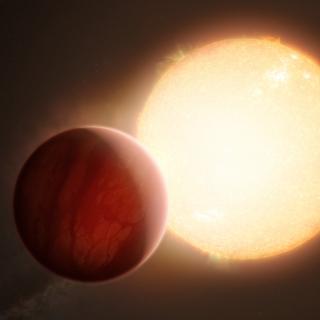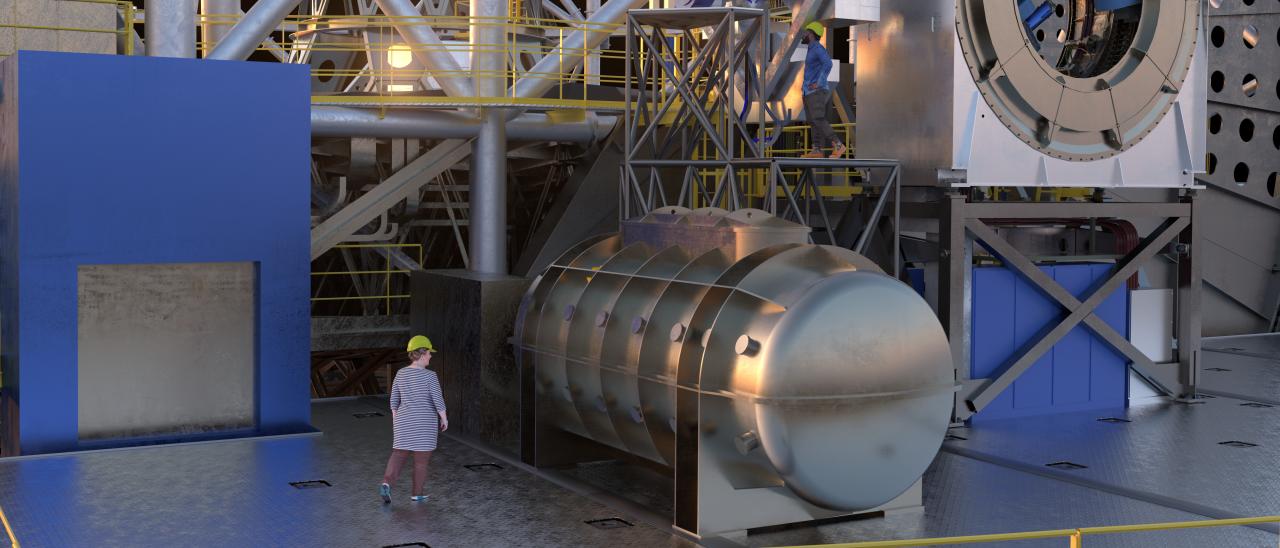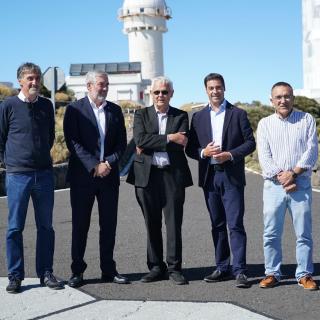The European Southern Observatory (ESO) has signed an agreement with an international consortium of institutions, including the Instituto de Astrofísica de Canarias (IAC), the Instituto de Astrofísica de Andalucía (IAA) and the Centro de Astrobiología de Madrid (CSIC-INTA), for the design and construction of ANDES, the ArmazoNes high Dispersion Echelle Spectrograph. The instrument will be installed on ESO’s Extremely Large Telescope (ELT). It will be used to search for signs of life in exoplanets and look for the very first stars, as well as to test variations of the fundamental constants of physics and measure the acceleration of the Universe’s expansion.
The agreement was signed by ESO’s Director General Xavier Barcons and by Roberto Ragazzoni, the President of Italy’s National Institute for Astrophysics (INAF), the institution leading the ANDES consortium. The event was also attended by representatives of the institutions that form part of the ANDES Consortium. The signing took place at the ESO Headquarters in Garching, Germany.
Formerly known as HIRES, ANDES is a powerful spectrograph, an instrument which splits light into its component wavelengths so astronomers can determine important properties about astronomical objects, such as their chemical compositions. The instrument will have a record-high wavelength precision in the visible and near-infrared regions of light and, when working in combination with the powerful mirror system of the ELT, it will pave the way for research spanning multiple areas of astronomy.
“ANDES is an instrument with an enormous potential for groundbreaking scientific discoveries, which can deeply affect our perception of the Universe far beyond the small community of scientists,” says Alessandro Marconi, ANDES Principal Investigator at INAF. Céline Péroux, the project scientist of the ESO team following up on ANDES, adds that the science cases range “from potentially detecting signatures of life in other worlds and identifying the very first generation of stars, to studying the variations in the fundamental constants of physics.”
ANDES will conduct detailed surveys of the atmospheres of Earth-like exoplanets, allowing astronomers to search extensively for signs of life. It will also be able to analyse chemical elements in faraway objects in the early Universe, making it likely to be the first instrument capable of detecting signatures of the earliest stars born in the Universe. In addition, astronomers will be able to use ANDES’ data to test if the fundamental constants of physics vary with time and space. Its comprehensive data will also be used to directly measure the acceleration of the Universe’s expansion, one of the most pressing mysteries about the cosmos.
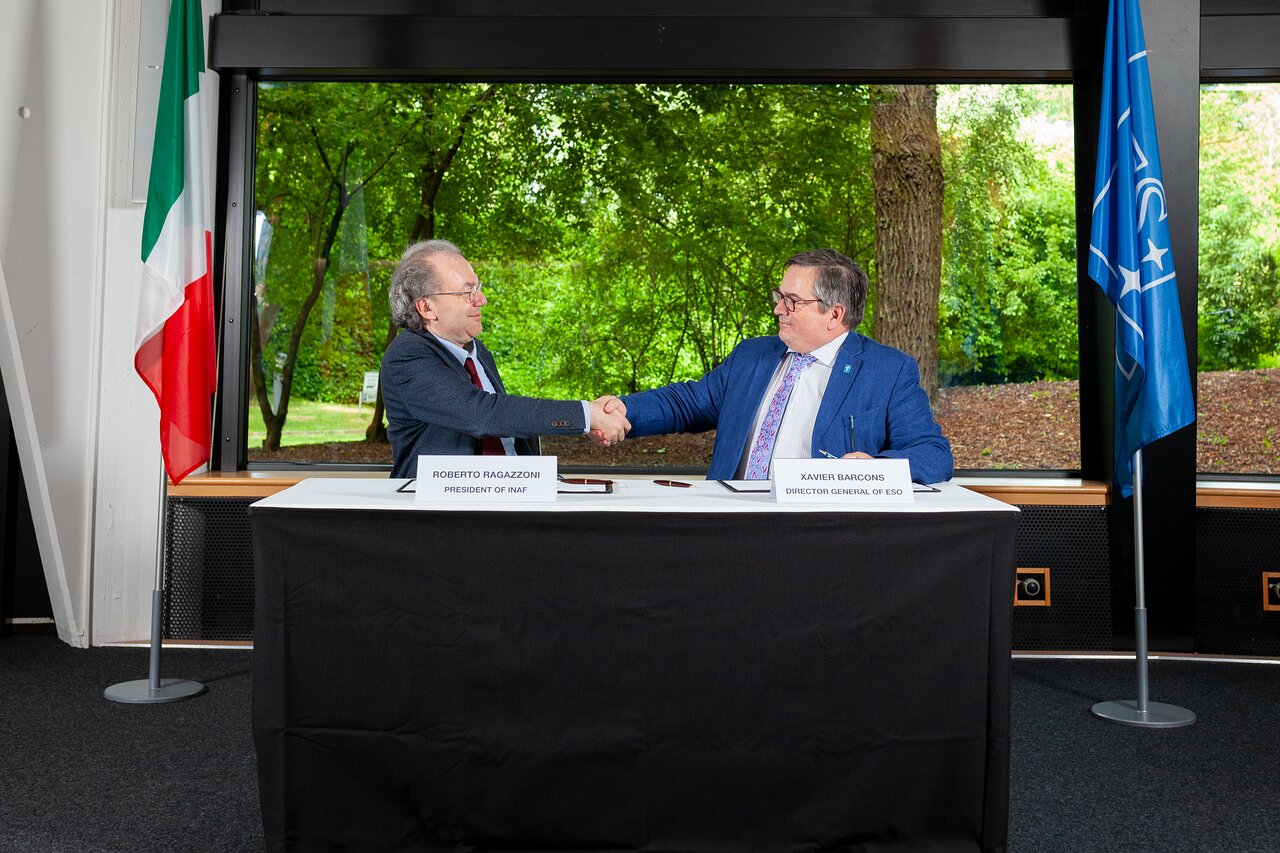
"Spain's contribution to ANDES confirms that the Spanish scientific community is at the frontier of knowledge, particularly in the search for signs of life on exoplanets like Earth and in the direct measurement of the accelerating expansion of the Universe," says Jonay González, IAC researcher and Spanish representative on the ANDES Executive Board.
María Rosa Zapatero Osorio, researcher at the Centro de Astrobiología, CSIC-INTA, adds: "We are finding rocky planets in habitable zones around their stars, but only by studying their atmospheres can we know whether they really support life as we know it. ANDES is vital to this task.
"Both in its scientific objectives and its technological design, ANDES will benefit from the experience acquired by the IAA-CSIC in CARMENES, one of the most successful exoplanet detector spectrographs in recent years," says Pedro Amado, researcher at the Instituto de Astrofísica de Andalucía (IAA-CSIC) and CSIC representative on the ANDES consortium steering committee.
ESO’s ELT is currently under construction in the Atacama Desert of Northern Chile. When operations start later this decade, the ELT will be the world’s biggest eye on the sky, marking a new age in ground-based astronomy. The ANDES project is developed by an international consortium composed of research institutes in 13 countries.
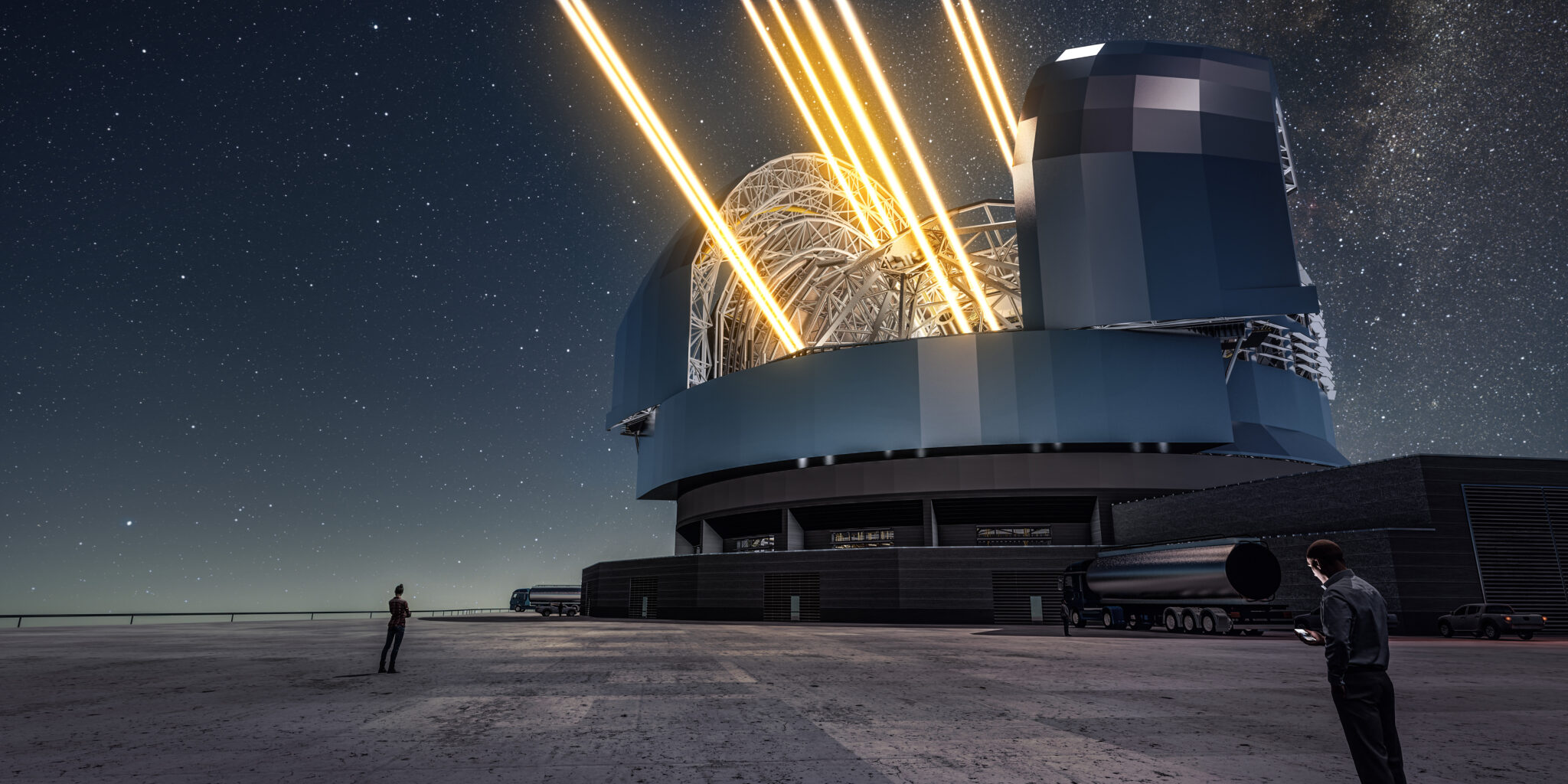
More information:
● https://elt.eso.org/instrument/ANDES/
● https://andes.inaf.it/
Contacts in Spain:
Jonay González (IAC), jonay.gonzalez [at] iac.es (jonay[dot]gonzalez[at]iac[dot]es)
Pedro Amado (IAA), pja [at] iaa.es (pja[at]iaa[dot]es)
María Rosa Zapatero (CAB, CSIC-INTA), mosorio [at] cab.inta-csic.es (mosorio[at]cab[dot]inta-csic[dot]es)


